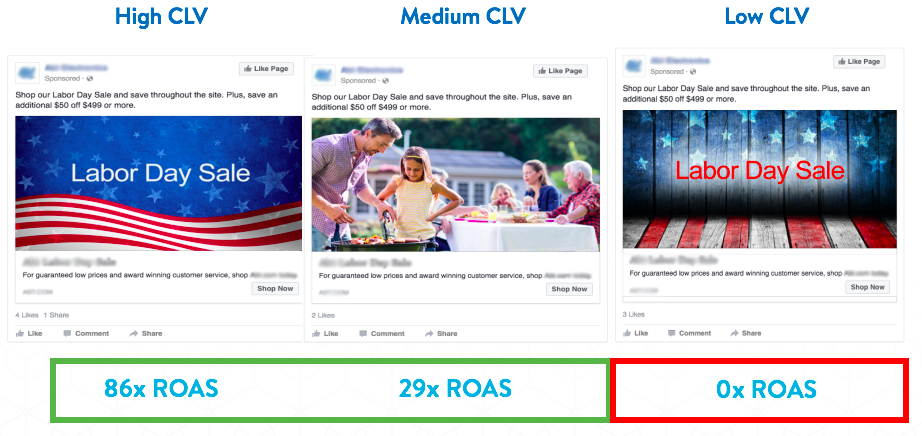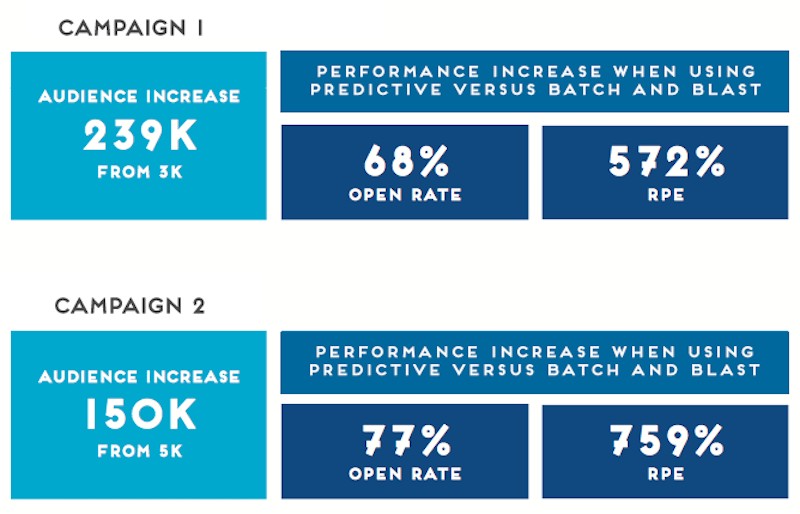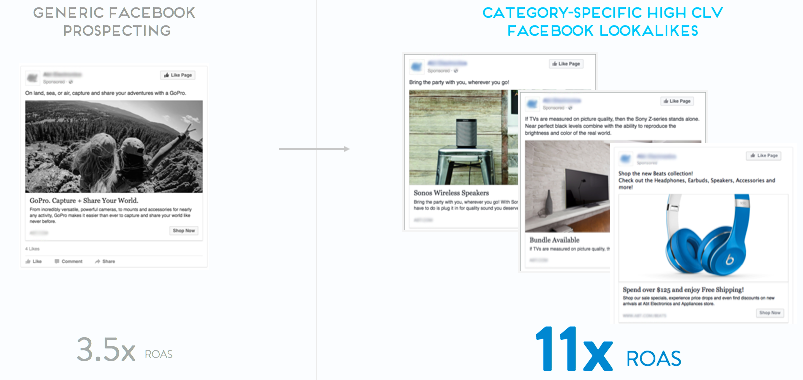
4 Ways To Personalize Your Cross-Channel Marketing
Take a minute and think about everything you do online before you even get to work in the morning. If you’re anything like me, you probably check your email, go on Facebook, visit a few news sites and maybe even do a Google search or two all before your day really gets started. Now think about how your online footprint travels even further as the day goes on.
As consumers, we don’t even think about differences from one channel to the next — we just think of it all as a fluid experience. As marketers, we take a very different perspective, but maybe it’s time to change that.
Don’t Let Data Silos Hold You Back
Historically, marketing teams have operated in distinct channel silos, with separate teams for email, social and so on, but as consumers’ online identities and experiences become increasingly intertwined across channels, marketers need to change their approach.
To be clear, you don’t need to reinvent the wheel. In fact, keeping existing data silos in tact can actually deliver value faster. But you do need to bring the decision-making piece of the equation into one place, and you then need to be able to take action on those decisions on each channel. Think of it as a sideways hourglass, where data from multiple channel silos should funnel into one place for decision-making and then funnel back out to the individual channels for action.
4 Ways to Make Decisions & Take Action Across Channels
How exactly does all of this look in action? How can teams siloed by channel begin to bridge the gaps by making cross-channel marketing decisions that create a more fluid and personalized customer experience and increase opportunities for engagement? Start with the following.
Set Ad Budgets More Intelligently Based on Predicted Customer Lifetime Value
When it comes to running ads, whether on Facebook, Google AdWords, with your DSP or anywhere else, half the battle lies in the budgeting and bidding. Specifically, how do you optimize your budget and bids based on the ROI you’re likely to see? It’s a question with which marketers grapple daily, and one that using the right data can help answer.
For example, if you break up your customers based on predicted lifetime value, you can shift some of your budget to (and maximize your bid on) your group of highest value customers, which will likely deliver a higher ROI.
In the case of a channel like Google AdWords where you target keywords, you might even adjust your approach based on the predicted lifetime value of the audience. For instance, it might prove worthwhile to target a more expensive keyword or a competitor’s keyword for your highest value customers.
One apparel retailer took this approach by suppressing customers with low predicted lifetime value from media buys and reinvesting those dollars into buys for customers with medium and high predicted lifetime values. This effort led to a 56% increase in overall ROI for the retailer.

Boost Engagement & Revenue by Targeting Based on Category Preference
If you’re launching a new product, promoting a specific product category or running any other product-specific campaign, targeting customers based on their category preference can make a big difference when it comes to engagement and attributed revenue.
Most marketers target people who previously purchased or viewed the product(s) at hand, but identifying customers with a high affinity toward the product (based on behavioral data like co-view, co-purchase and co-cart information) can lead to a notable boost in performance in email, social and display advertising.
For example, one apparel retailer ran two email campaigns that layered in predicted category affinity audiences and saw the following performance increases for key metrics:

Category preference data can also uncover opportunities for new target keywords on channels like Google AdWords and help determine an appropriate budget based on expected ROI.
Identify New Customers by Prospecting Based on Existing Valuable Customers
It’s a matter of fact that some customers are more valuable than others. And while every customer should be important to your brand, wouldn’t it be nice if you could find more high value customers?
Going cross-channel to prospect for new customers with Facebook’s Lookalike Audiences is one way to accomplish this objective. In this case, you can create a group of your most valuable customers based on predicted lifetime value (or high value customers with a certain category preference if you’re targeting a specific category or product) to find new customers who might behave similarly to your existing ones.
One electronics retailer who took this approach saw its return on advertising spend increase from 3.5x to 11x as a result of the change.

Minimize Unsubscribes by Moving Engagement Off of Email
“Unsubscribe” has become something of a dreaded word in marketing circles — unsubscribes indicate dissatisfied (and potentially lost customers) and a high rate can actually hurt your sender reputation, which hinders email marketing efforts. While a high unsubscribe rate might be sign of poor email content or too many communications, it is normal to have some unsubscribes.
Assuming that your unsubscribe rate is within the normal range (meaning your email content and volume are likely not issues), you can take steps to minimize your unsubscribes by using predictive technology that finds customers who are likely to unsubscribe. Armed with this knowledge, you can then build an audience of those customers and target that group on other channels besides email.
One apparel retailer recently took this approach and even layered in customers who were unlikely to open or click emails. Ultimately, this effort increased ROI by 182%.
It’s Time to Personalize the End-to-End Retail Experience
These are only four of many ways you can take your personalized marketing efforts cross-channel. As you do so, remember to close the loop by extending your efforts to onsite personalization as well, since there’s nothing worse for customers than having a personalized experience with your brand on various channels only to land on a generic site.
Finally, be sure not to let any existing silos hold you back. If you can bring your decisioning together, you can execute a strong, cross-channel marketing program even with data and team silos in tact.
How can retail personalization software help you bring your cross-channel campaigns to life? Click here to learn more.





